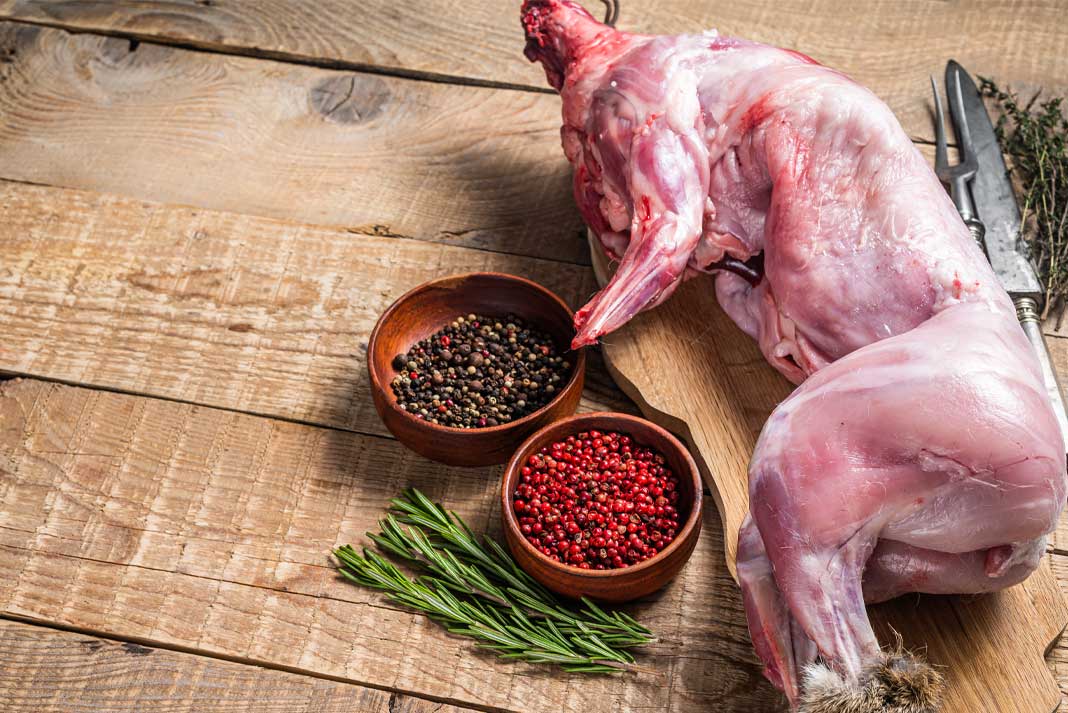Suppose that you are lost somewhere in the wild. A forest, desert, tundra, or in the worse case scenario, the ocean. If you have something to communicate for help, this is a blessing since people or authorities can come to rescue you so long as you stay put in your current position.
But what if you have no food or your rations are dwindling, and you really need to satiate your hunger? The rescuers might bring you food, but it won’t be as swift as a supply chain solutions Malaysia. It would take some time before they can find your whereabouts. Either way, you have to find food in the wild.
Between plants and animals, and for good reasons, the latter will always be your most viable meal throughout your days of waiting for rescue.
Plentiful
Many animals are edible, you just have to know how to find signs of their presence and prepare them so they are safe for consumption, and what to avoid due to their dangerous properties such as toxins. Some animals can be found right on the spot. You better have a digital offline copy of a survival guide, as many of them provide details of animals that you can eat.
Insects, reptiles, mammals, fish, and amphibians are always listed in the guides with varying methods of preparation unless specified to be steer cleared of. You will have to get over your squeamishness if you want to eat. Remember that certain grubs are delicacies in some countries, so if the people can eat them, so can you.
If you still have any food rations left with you, it is best that you preserve them as last resort meals, and prioritize looking for animals. If rescue is guaranteed to come in only a couple days or even shorter, save your energy and don’t bother looking for animals. You can eat your rations as little as you can.
Water, however, will still be your priority, so if your water supply is scant, you must always find a water source since you cannot survive without water for more than three days and when dehydration sets in, it will weaken you. Let rescuers know of your movements if you have to find it from your initial position.
Easy to handle

Although trapping is necessary if you want to catch an animal, especially mammals, not all of them require this effort. There are easier pickings you can choose should you find them in the wild. Snails, snakes (have a weapon to cut their head from the neck to avoid venom), beetle grubs and worms are examples that do not need to be trapped.
Still, trapping and fishing can be easier and less time consuming than handling plants. You might think that plant foods like fruits, nuts and leaves would be the first to look for in the wild, but do look for animals instead.
The problem with plants is that unlike animals, edible variants aren’t as plentiful, and you have to positively identify them through knowledge or testing for a few hours. Some harmful plants look similar to harmless counterparts.
Fungi must not be tested for edibility at all. You can only know from prior knowledge, as there is no room for errors. The effects of harmful fungi can be fatal, and some effects do not set in until a few hours after consumption.

